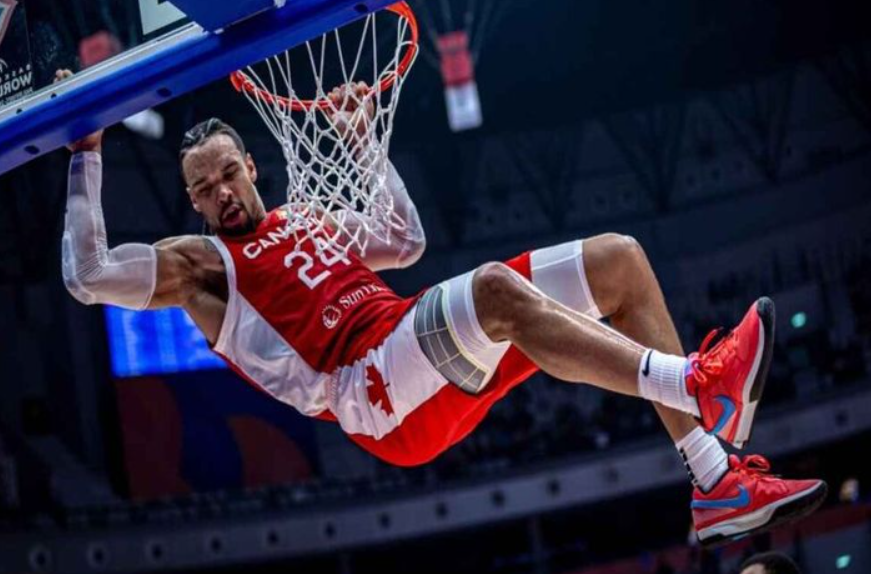FIBA vs NBA: Strategic Differences That Shape the Game
Basketball may be a global sport, but not all basketball is created equal. Nowhere is this more evident than in the comparison between FIBA (the International Basketball Federation) and the NBA. While both follow the same basic rules — a ball, a hoop, and five players per side — the way the game is played, coached, and even conceptualized differs significantly across the two systems.
These differences go far beyond court dimensions or game length. They influence how teams strategize, how players develop, and how fans experience the sport. Understanding these contrasts isn’t just useful for coaches and analysts — it also matters for bettors, scouts, and fans who want to follow international basketball with insight.
Structural and Rule-Based Differences
At first glance, the most noticeable differences are administrative: the court size, game length, and foul limits vary between FIBA and the NBA. But these variations have a ripple effect on team strategy.
Key Structural Contrasts:
-
Game Time: FIBA games consist of 4 × 10-minute quarters, while the NBA uses 4 × 12-minute quarters — resulting in faster pacing and urgency in FIBA play.
-
Court Size: FIBA courts are slightly smaller, which compresses space and favors compact defensive schemes.
-
Three-Point Line: The FIBA arc is closer (6.75m vs 7.24m in the NBA), changing spacing and shot selection.
-
Timeouts: FIBA coaches have fewer and more restricted timeouts, requiring faster decision-making and real-time adjustments.
-
Goaltending and Basket Interference: In FIBA, players can tap the ball off the rim once it hits — altering rebounding tactics.
These rule changes might seem subtle, but they reshape how coaches approach offense, defense, and roster construction.

Strategic Impacts: NBA Emphasis vs FIBA Pragmatism
In the NBA, talent drives strategy. In FIBA, system often comes first. Due to shorter games, limited possessions, and tighter spacing, FIBA teams must be more deliberate in execution. Meanwhile, the NBA prioritizes pace, isolation plays, and individual athleticism.
How Strategy Shifts Between Leagues:
NBA Style Prioritizes:
-
High pick-and-roll frequency with dynamic spacing
-
Star-focused isolation sets, especially late in games
-
Transition offense, fueled by athletic wings and fast tempo
-
Switch-heavy defenses relying on size and lateral agility
-
Analytics-driven shot profiles (corner threes, paint touches)
FIBA Systems Focus On:
-
Ball movement and half-court sets, often involving multiple passes
-
Post entries and off-ball screens, maximizing limited space
-
Zone defenses, especially 2–3 and matchup zones
-
Quick release three-point shots, especially from role players
-
Fundamental team rebounding due to no defensive three-second rule
This is why even NBA stars sometimes struggle initially in international tournaments — the structure demands adaptation.
Coaching Philosophies: Individual Freedom vs Collective Execution
Coaching in the NBA often means managing egos, spacing the floor, and creating matchups. In FIBA, it’s more akin to orchestrating a chess match, where every player must execute a role to precision.
Major Coaching Differences:
-
NBA coaches allow more improvisation, trusting star players to dictate flow.
-
FIBA coaches emphasize structure, set plays, and adaptability — particularly because international tournaments allow less preparation time.
This dynamic is visible in tournaments like the Olympics or FIBA World Cup, where underdog nations frequently upset more talented NBA-laden teams. The system beats the star — especially over 40 tightly contested minutes.
Why These Differences Matter
For analysts and fans, the FIBA vs NBA split is more than academic. It explains why international prospects shine in some systems but need adjustment in others. It also affects betting outcomes, as lower scoring, shorter games in FIBA often yield tighter spreads and fewer blowouts.
For the global game, the contrast is a strength. The NBA showcases the peak of individual skill and entertainment. FIBA rewards tactical execution, versatility, and chemistry. As more players shift between both systems, hybrid approaches are becoming more common — but the underlying strategic DNA remains distinct.
While the ball, hoop, and court look similar, FIBA and NBA basketball are two strategically different sports. Each has its own rhythm, its own philosophy, and its own version of excellence. Understanding the contrast enhances appreciation — and reveals how basketball continues to evolve in diverse, fascinating directions.

